10 Most Crowded Towns in France in the Summer
Some towns in France become so packed in summer that navigating the streets, finding parking, or booking a table can feel impossible. Here are the places where the number of visitors regularly overwhelms the local population, based on verified tourism figures and seasonal peaks.
1. Saint-Tropez (Var)
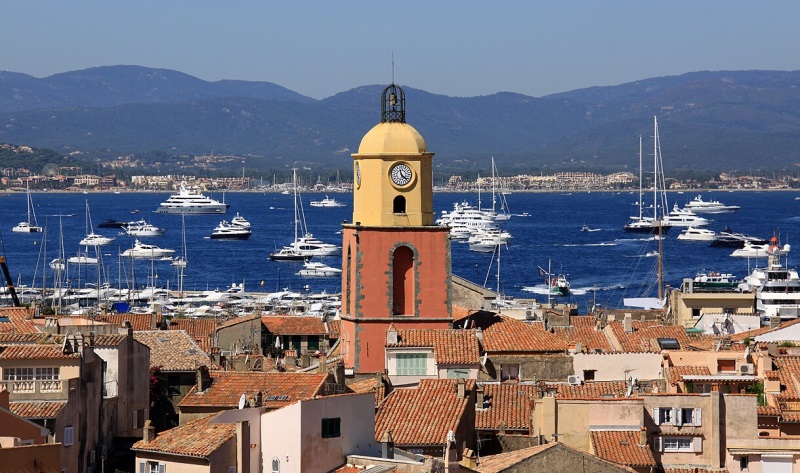
This former fishing village has around 4,100 residents but receives up to 80,000 visitors per day in July and August.
Traffic jams begin kilometers outside town. The port fills with yachts, and the beaches and restaurants are constantly full.
Even with new parking and entry restrictions, crowd pressure remains intense throughout the summer.
2. Étretat (Normandy)
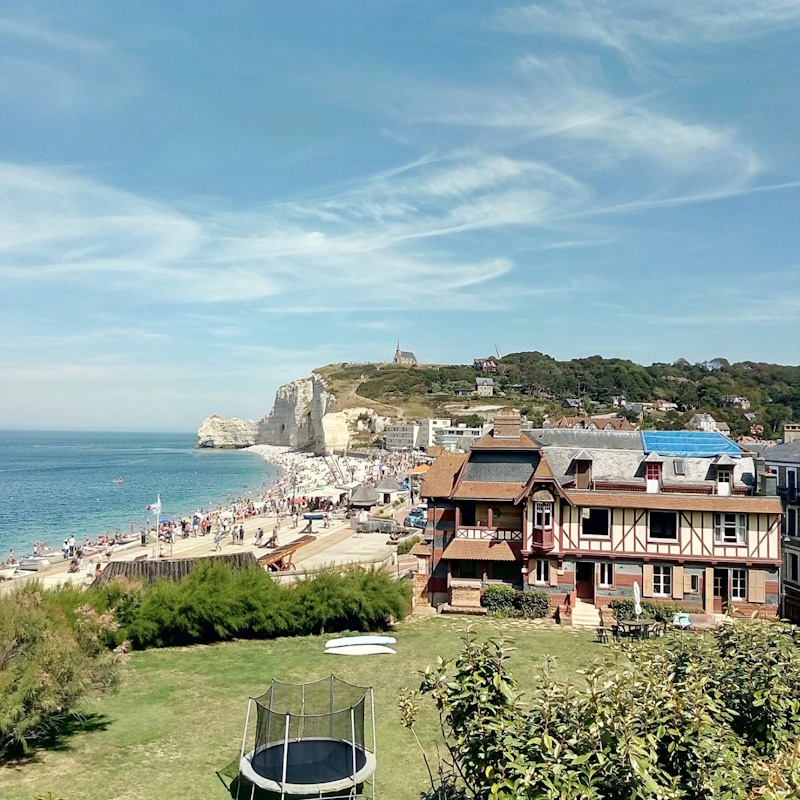
With only 1,200 inhabitants, Étretat sees about 1.5 million visitors annually. In peak season, the town handles around 10,000 people per day.
The narrow roads, small beach, and cliff paths are often overrun by tour buses and cars. The mayor has spoken publicly about the town’s struggle to handle this level of tourism.
3. Le Touquet-Paris-Plage (Pas-de-Calais)
Population-wise, it’s tiny, about 4,200 permanent residents. Yet in summer, daily population levels rise to around 30,000.
It’s a favorite getaway for Parisians, and during weekends and holidays, the traffic along the coast is nearly gridlocked. Local infrastructure is designed for a much smaller flow of people.
4. Saint-Malo (Brittany)
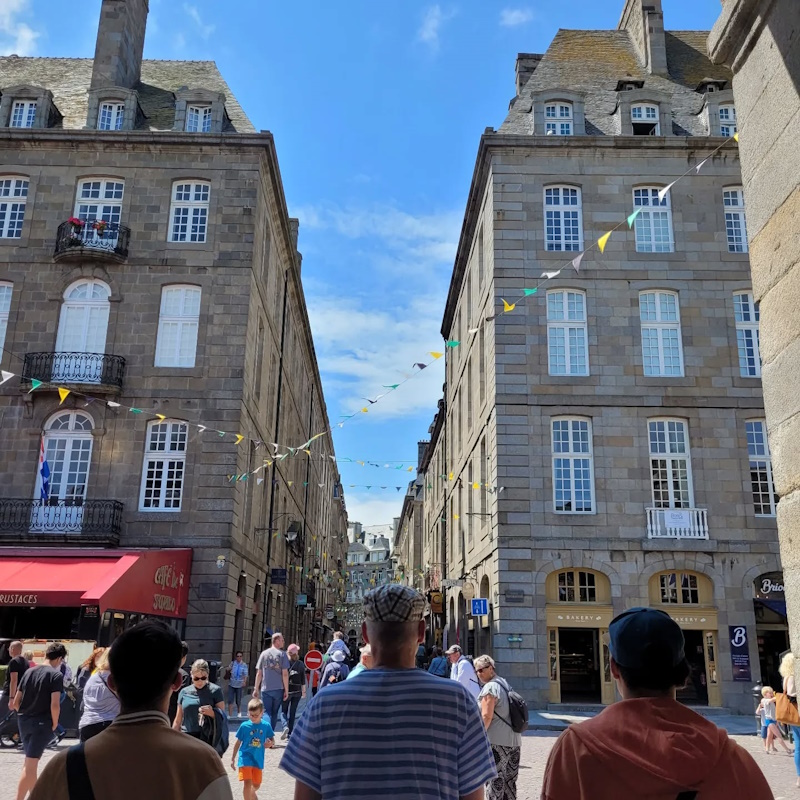
Saint-Malo has about 46,000 residents, but the population can swell to 300,000 during summer. The walled city becomes especially packed when cruise ships dock.
Tourists flood the ramparts and fill the beach, restaurants, and parking lots. The nearby roads are often jammed, and train services run at full capacity.
5. Collioure (Occitanie)
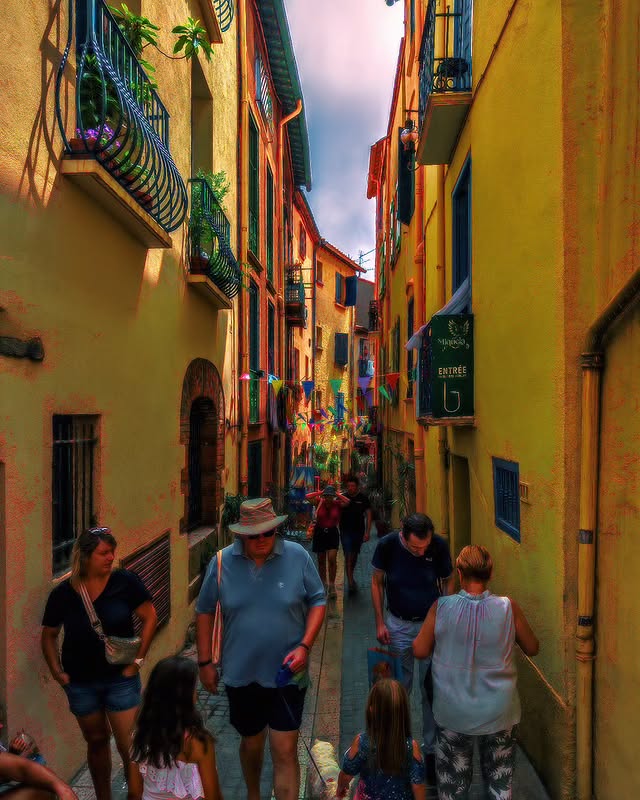
Collioure has just under 3,000 residents. It sees up to 3 million visitors each year. The small historic center and seafront promenade gets overwhelmed by crowds every summer day.
Restaurants operate at capacity, and many visitors have to park far outside the town and walk in. Local officials have warned that the town’s carrying capacity has been exceeded.
6. Cannes (Alpes-Maritimes)
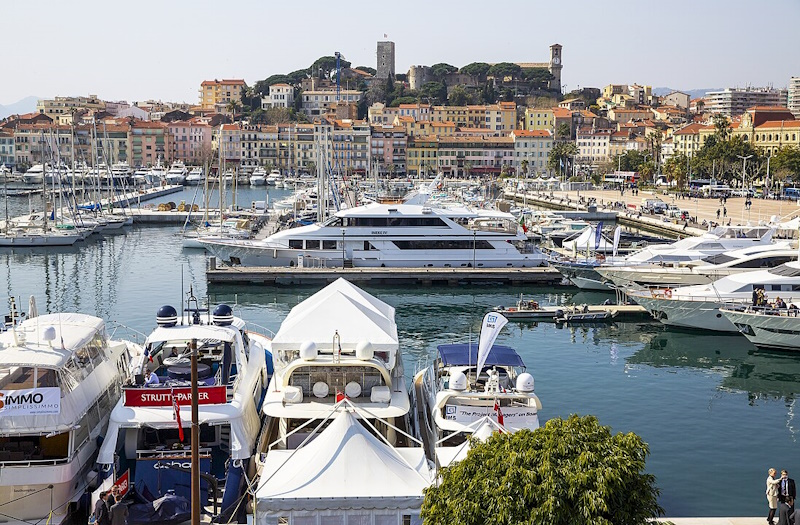
Cannes has around 75,000 inhabitants, but daily tourist numbers often exceed this during July and August. The Promenade de la Croisette and surrounding beaches are saturated with visitors.
Events like the Cannes Film Festival push the city even further over capacity, though even outside those dates, summer crowds dominate the city center.
7. Avignon (Provence)
The entire Avignon commune has around 93,000 residents, but the medieval city center is much smaller. In July, the Festival d’Avignon brings over 100,000 attendees.
The narrow streets and public squares are overwhelmed, and accommodation prices skyrocket. The city’s total annual visitor count sits near 4 million, most of it in the summer.
8. Annecy (Haute-Savoie)
Annecy’s urban area holds around 130,000 people, but in the summer the lakefront, canals, and old town are packed with tourists. Visitor density is high enough that movement around the historic center slows to a crawl.
Local authorities have raised concerns about tourism’s environmental impact on the lake.
9. Lourdes (Hautes-Pyrénées)

Lourdes has about 15,000 residents. In a good year, it receives more than 700,000 pilgrims between March and October. Summer sees the highest influx, with packed religious ceremonies and long queues around the sanctuary.
Infrastructure is stretched, with large groups and organized tours moving through the town at all hours.
10. Nice (Alpes-Maritimes)
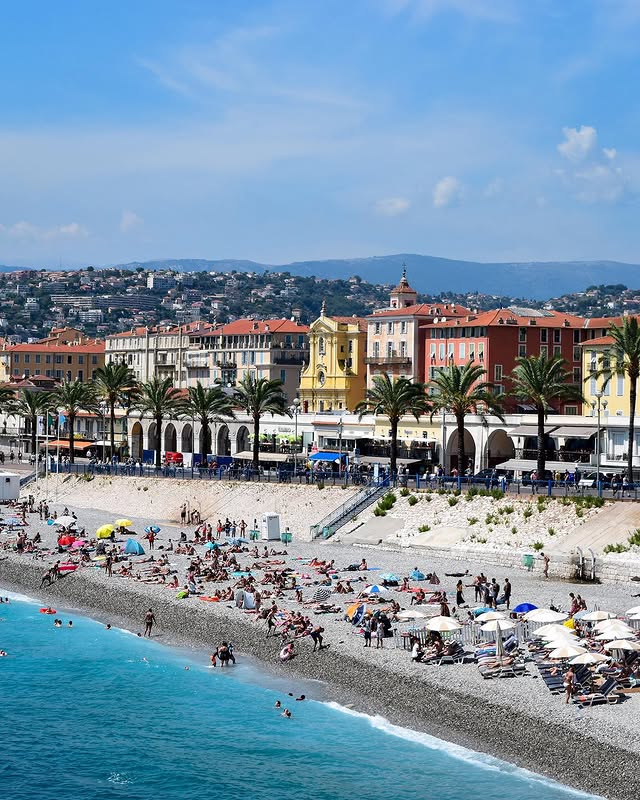
Nice has a city population over 340,000 and nearly a million in the metro area. But the number of tourists, around 4 million per year, creates significant pressure, especially along the Promenade des Anglais, old town, and beaches.
In July and August, central Nice feels like a transit hub for the entire Côte d’Azur.
